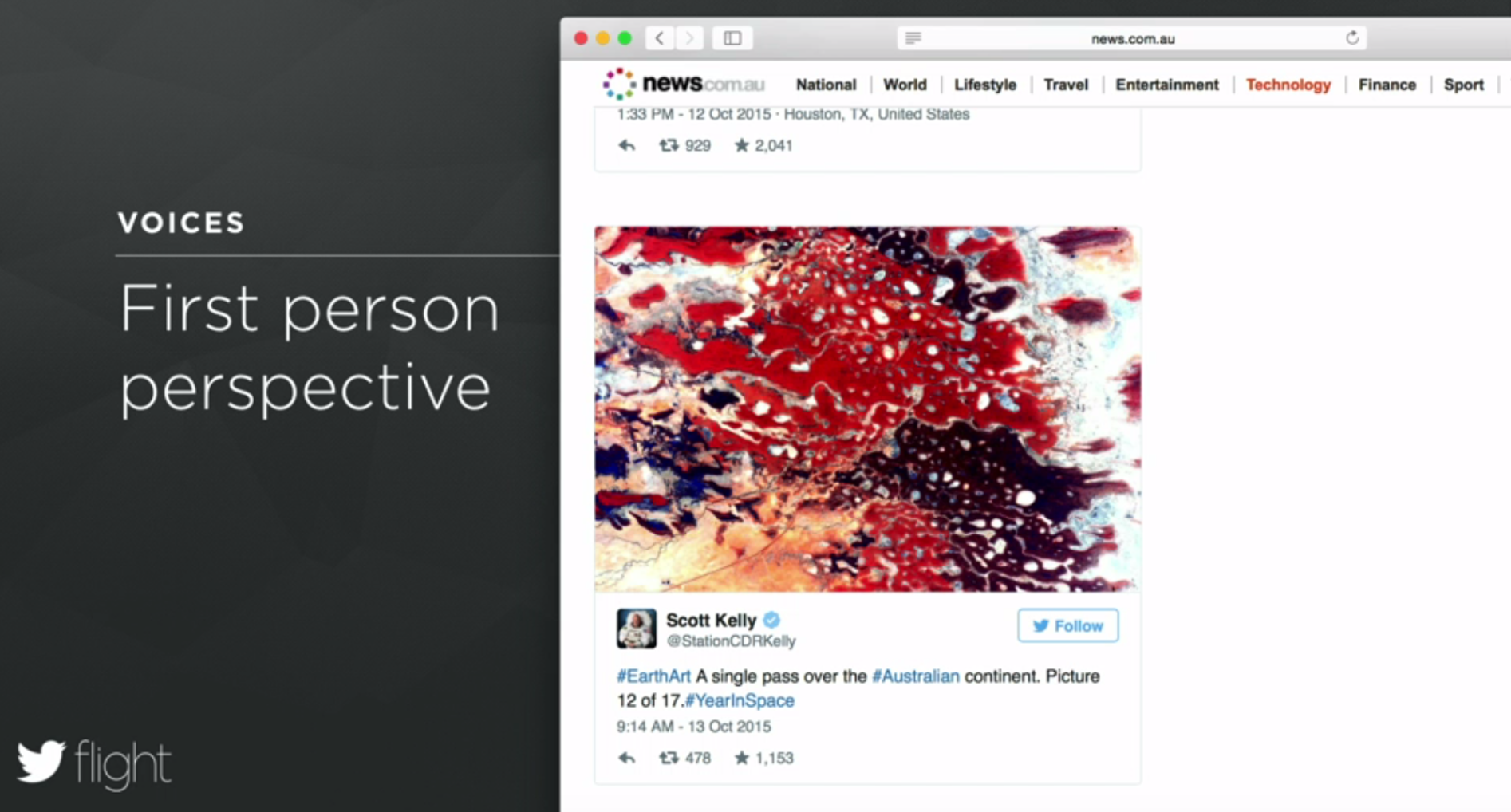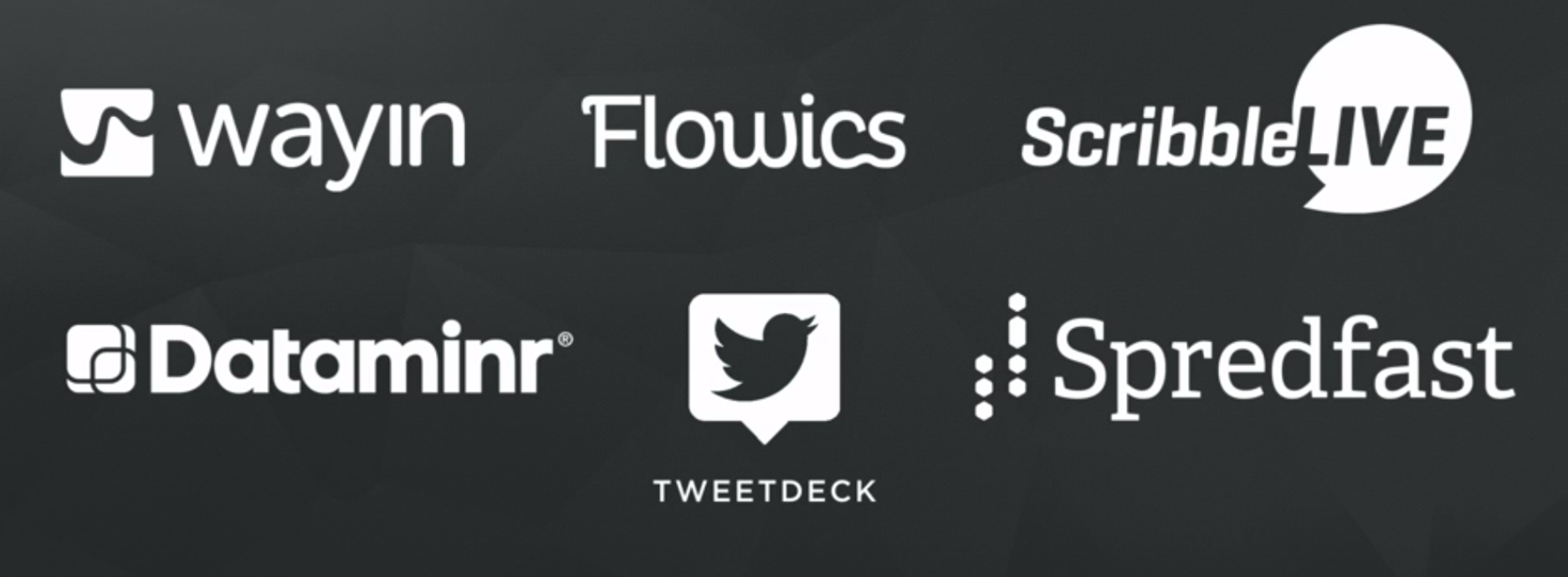
Twitter has made it easier to embed real-time social content on a Website
Posted in Social Media, Social Media Updates, Twitter By malikmuddser On October 22, 2015Twitter has made it easier to embed real-time social content on a Website
Twitter’s various publishing efforts are now centered around a website. A new Publish website will make it much easier to add Twitter content to your Website or app, and leaves the curation up to tools you’re probably already using.
With a new Collections API, existing tools like TweetDeck and Curator can be used to surface tweets to your webpage without copying and pasting individual tweet codes. That allows you to string tweets together, making for a more robust storytelling experience.
The tweets are cobbled together under a common Collection ID, unique to tweets you manually add to tools that use the Collections API. Once a tweet is added to your Collection ID, it automatically surfaces to a webpage.

Twitter’s grid display is recursive across various form factors, too. It displays more columns based on the size of your screen, and mobile Webpages will have a single column view.
The purpose is to allow websites to use Twitter to tell the story of an event or ongoing moment; let’s say the social media team at The Next Web wanted to embed a grid into a page for one or both of our conferences. That grid would show up, but the content would change depending on what editors or the social media team felt like adding to the mix via publishing tools.
It’s contextual and curated — you create your own feed without having to dive into a CRM. It also means visitors return to your website rather than Twitter to see what’s going on.
Any tools that supports the Collections API can be used to curate a feed. In addition to Tweetdeck and Curator, Twitter says Spredfast, DataMinr, ScribbleLive, Wayin or Flowics will also work.

The publisher website, available in beta, is a one-stop shop for all you need to get Twitter content showing on a website. It has the embed code for the grid, but also codes for a single column and other display options.
With the Collection ID or URL of a story you’ve created, the publisher’s website can spit out a preview of what it will look like. Once you’ve decided which form factor is best for you, an embed URL is created.
By allowing publishers to create their own stream, Twitter is keeping developing or ongoing stories contextual. It’s also a great way to surface content that might fit your Website or app.
“Publishers have been [embedding tweets] for years,” says Michael Ducker, Twitter’s Product Director for Syndication. “It makes for really compelling page views. It tells a story.”
With embedded feeds, Ducker says Twitter finally found a way to add more value for publishers. It’s something the team seem uniquely proud to bring to the table.

